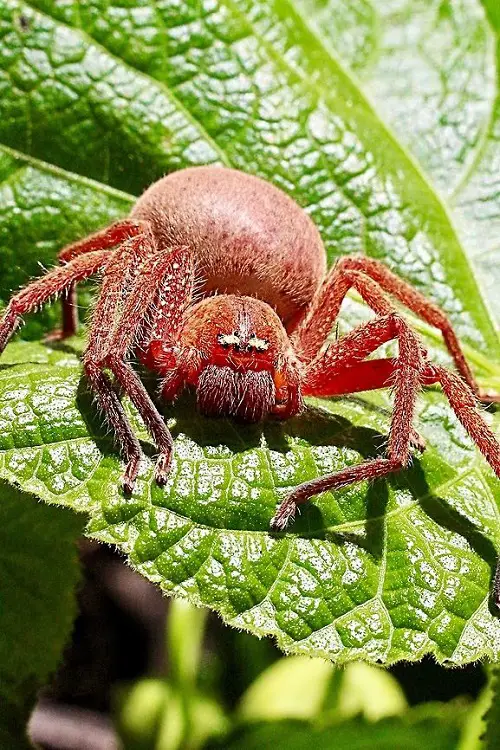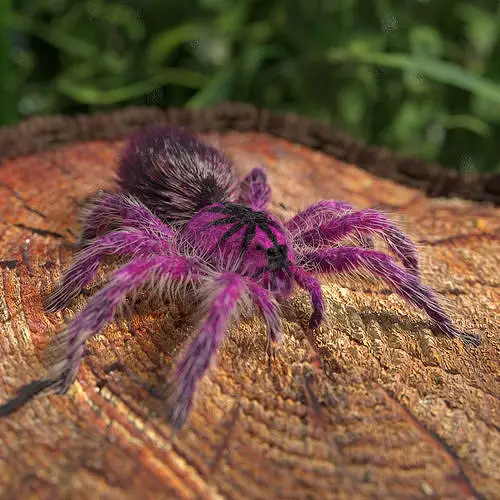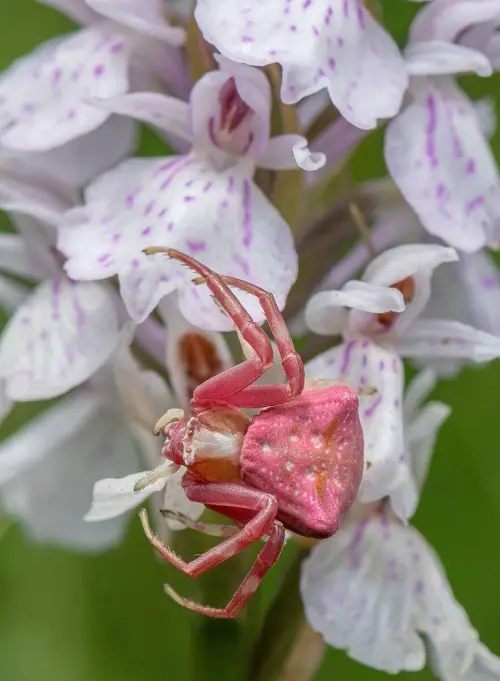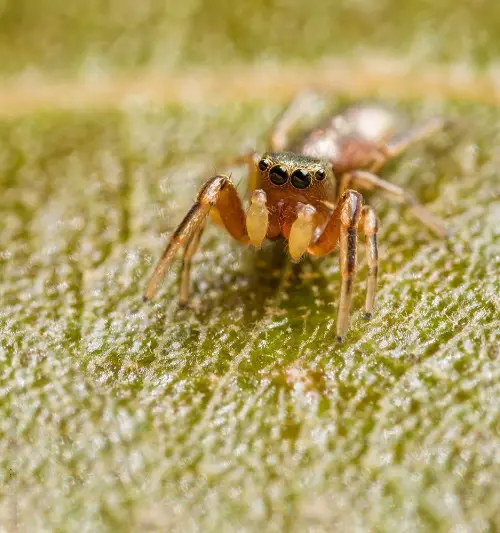Have you heard about the captivating Beautiful Pink Spiders Around the World? Does their existence intrigue you? Continue reading to know more!
Explore the charm of Beautiful Pink Spiders Around the World, as their vibrant hues and unique adaptations captivate enthusiasts and researchers alike. Join us as we delve into their roles in diverse ecosystems.
Pink Spider Meaning
The pink spider, depicted as both delicate and tenacious, often serves as a metaphor for life’s ephemeral nature and the strength found in embracing change.
In a broader context, spiders are often symbolic of creativity, patience, and intricate weaving of one’s destiny. The color pink adds an element of softness and compassion to this symbolism, suggesting that the process of creating one’s path and the challenges faced along the way can be approached with a balanced blend of determination and empathy.
Adaptive Significance of Coloration in Pink Spiders
1. Camouflage in Floral Environments
Pink Spiders can blend in with their surroundings, particularly in habitats with pink or pink-hued flowers. This color adaptation allows them to ambush prey more effectively or hide from predators.
2. Warning Signals and Aposematism
In some cases, the coloration might serve as a warning signal to potential predators. Bright pink spiders could be toxic or venomous, and their coloration serves as a form of aposematism, where the bold color warns predators that they are not suitable prey.
3. Mimicry and Deception
Some pink spiders might mimic other organisms, such as flowers or even ants, to gain an advantage. This can be a form of aggressive mimicry, where it imitates something harmless to deceive its prey or to get closer to its food source.
Check out Our Article on Plants that Repel Spiders here
4. Sexual Dimorphism and Mate Attraction
The coloration can also be linked to sexual dimorphism, where males and females of the same species exhibit different colors. The color might be more pronounced in females as a way to attract males during mating rituals.
5. UV Reflectance and Communication
While humans might perceive pink as a unique color, spiders can see ultraviolet (UV) light, which is invisible to us. Some coloration might appear different in UV light, playing a role in spider communication that we’re not directly aware of.
6. Environmental Factors
The coloration could be influenced by environmental factors such as diet and habitat. Pigments from prey or plants in their diet could contribute to the coloration of their exoskeletons.
Beautiful Pink Spiders Around the World
1. Pink Crab Spider
Zoological name: Thomisus spectabilis
The Pink Crab Spider is a species found in Asia known for its vibrant pink coloration. Belonging to the crab spider family, it hides on flowers to catch prey, effectively blending in due to its pink hue.
2. Thin-Spined Jumping Spider
Zoological name: Tutelina elegans
Found in various habitats, this pink spider, characterized by its delicate appearance and vibrant colors, is a captivating arachnid. With its intricate leg patterns and keen jumping ability, it’s an agile hunter.
Find the Lifespan of Jumping Spider here
3. Pinktoe Tarantula
Zoological name: Avicularia avicularia
The Pinktoe Tarantula is named for its distinctive pinkish tinges on the ends of its legs. The main body color varies, often a combination of black or dark brown with lighter hairs.
4. Pink Huntsman Spider
 Zoological name: Heteropoda davidbowie
Zoological name: Heteropoda davidbowie
The Pink Huntsman Spider usually has a pink or reddish hue on the cephalothorax (head and thorax) and sometimes on the legs. The color can vary and may appear more brown or grayish, but pink tones are often present.
5. Brazilian Pink Bloom Tarantula
 Zoological name: Pamphobeteus platyomma
Zoological name: Pamphobeteus platyomma
The Brazilian Pink Bloom Tarantula has striking pinkish-red hairs around the leg joints, giving a blooming appearance, especially when it molts. The body is usually dark brown or black, and the contrast with the pinkish hairs is eye-catching.
Please note that the coloration of spiders can be highly variable and influenced by many factors. Some species may have individuals with pinkish hues, while others in the same species may not. It may also be challenging to find definitive examples of entirely pink spiders, but the above list includes those that are known to exhibit some pink or pinkish characteristics.
Exotic Fruits from Around the World
Some FAQs on Pink Spiders
Q 1. Why do some spiders have pink coloration?
The reasons behind the pink coloration in spiders can vary. It could be a result of genetics, environmental factors, or even as a means of camouflage or warning.
Q 2. Are pink spiders dangerous to humans?
In general, the coloration of a spider doesn’t determine its level of danger to humans. While some pink spiders, like certain tarantula species, may possess venom, they are not usually considered highly dangerous to humans.
Q 3. Are pink spiders rare?
Yes, these are relatively rare compared to spiders of other colors. Their unique coloration makes them stand out and often makes them sought after by collectors and enthusiasts.
Unique & Rare Cactus Plants to Grow If You Love Cacti & Succulents
Q 4. Can pink spiders be kept as pets?
Yes, some species, especially certain tarantulas, can be kept as pets by experienced spider keepers. However, it’s essential to research the specific requirements of the species before attempting to keep one as a pet.
Q 5. Are there any conservation concerns related to pink spiders?
Conservation concerns related to pink spiders are not widespread due to their rarity. However, habitat loss and environmental changes can impact their populations, as with any other species.






The pinktoe tarantula that you show is actually caribena versicolor, the versicolor tarantula. It starts at blue and morphs to pinkish or blue-ish as it molts. Avicularia avicularia, the pinktoe tarantula, is dark blue or black all over with pink toes.